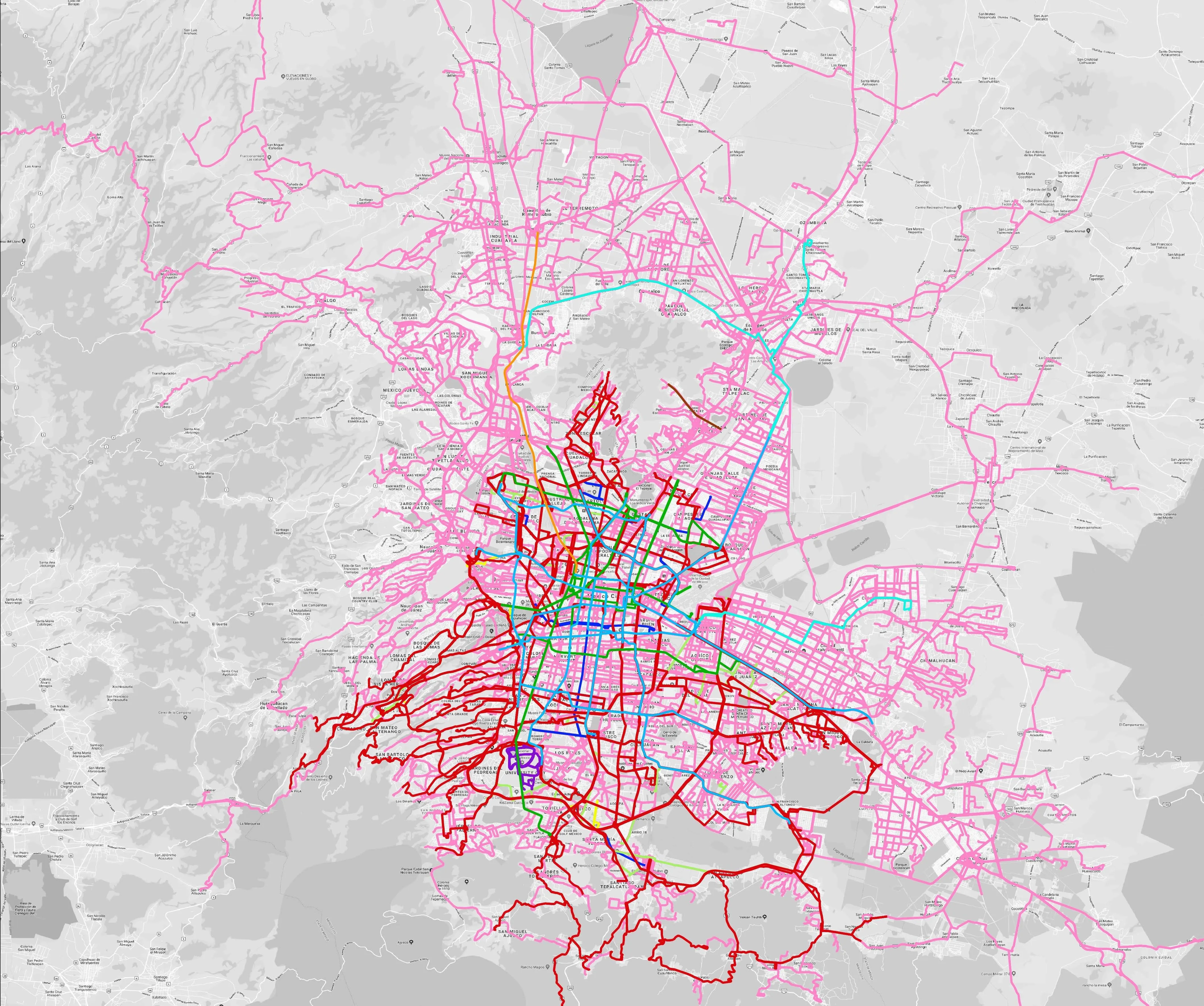Los Angeles County Metropolitan Transportation Authority (Metro) has awarded Michael Baker International a contract to study the I-605/SR-91 interchange, identify improvements and widen a particularly congested three-mile stretch of westbound SR-91 in Los Angeles.
The project spans westbound SR-91 from the vicinity of Shoemaker Avenue to the I-605/SR-91 interchange, used by 270,000 vehicles a day. It also includes improvements to the Norwalk, Pioneer and Bloomfield local interchanges within the Gateway
February 8, 2017
Read time: 1 min
The project spans westbound SR-91 from the vicinity of Shoemaker Avenue to the I-605/SR-91 interchange, used by 270,000 vehicles a day. It also includes improvements to the Norwalk, Pioneer and Bloomfield local interchanges within the Gateway Cities, a 200-square mile, 15-community region, located in the southeast area of Los Angeles County and home to approximately two million people.
The Michael Baker team has identified that congestion in this area is the result of insufficient SR-91 freeway mainline capacity, inadequate capacity of the existing two lane connector for the westbound SR-91 to northbound and southbound I-605, and closely spaced freeway entrance and exit ramps.









